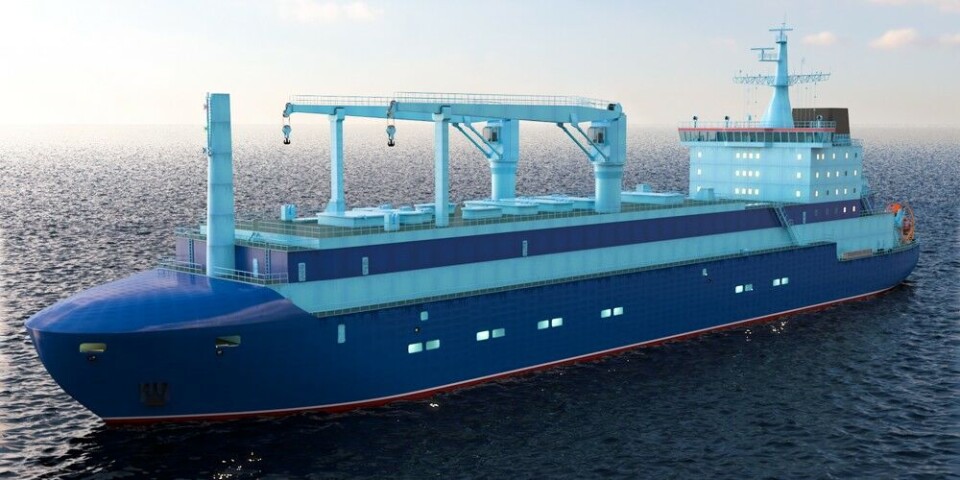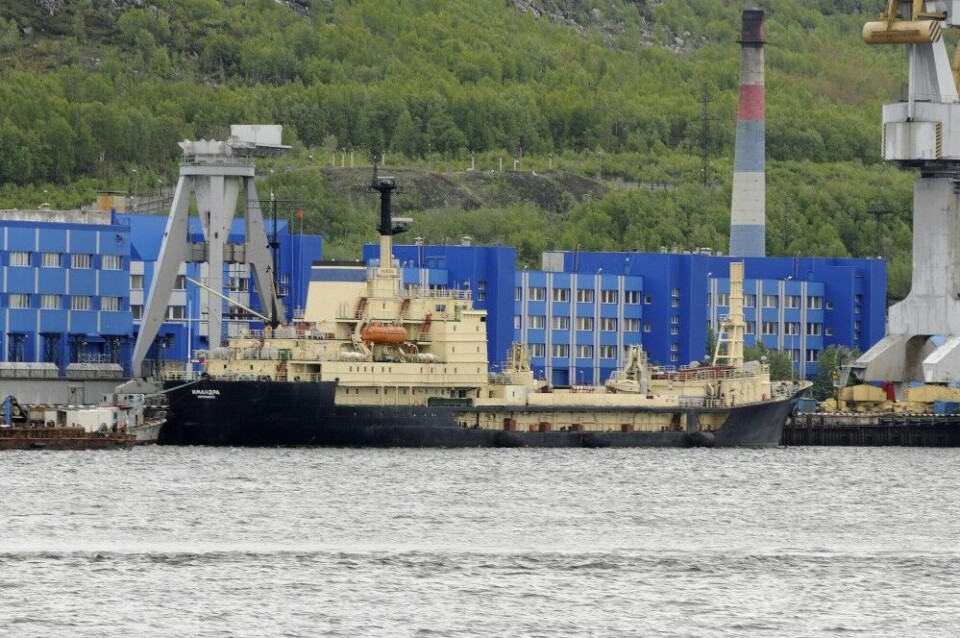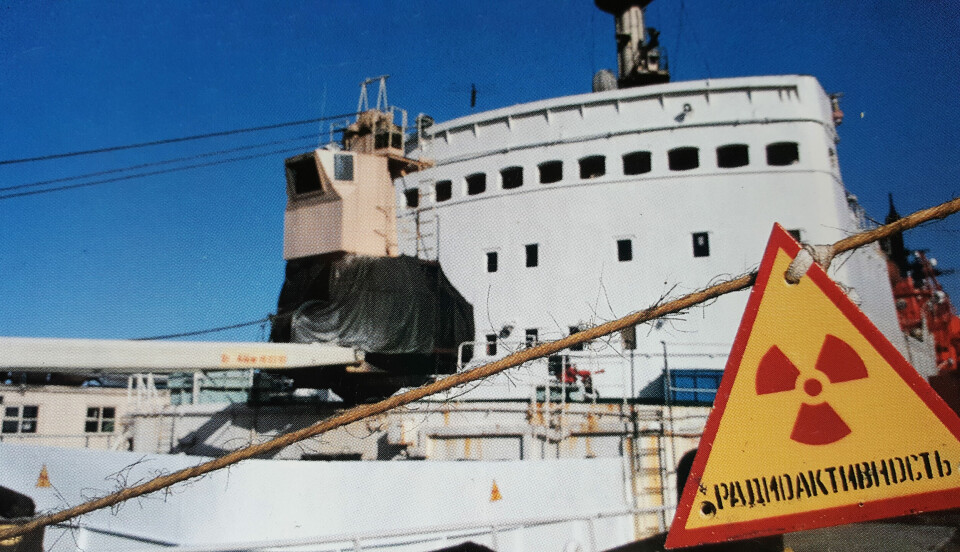
Arctic nuclear waste ship gets funding
Russia’s Prime Minister Mikhail Mishustin has signed the decree granting 12,4 billion rubles to build a transport- and maintenance ship for spent nuclear fuel and radioactive waste from the country’s fleet of icebreakers.
Not since Soviet days has more nuclear-powered icebreakers been operating at the same time in Arctic waters, the Barents Observer reported last week.
Russia has over the last few years put three brand new icebreakers of the Project 22220 class into operation. Two more are under construction in St. Petersburg and a sixth vessel recently got funding with a goal to put it into service by 2030.
Each of the new icebreakers is powered with two RITM-200 reactors, a reactor type larger than the older Arktika-class icebreakers.
New reactors require new technologies to reload nuclear fuel elements. The service vessel used by Rosatomflot today, the “Imandra”, is from 1980 and does not meet the demands of the new icebreaker fleet, larger in size and numbers.

The new service ship (Project 22770) will be nearly 160 meters long and carry its own cranes to lift in and out containers with spent nuclear fuel or fresh uranium fuel from the icebreaker reactors, either at Rosatom’s service base in Murmansk or in open sea anywhere along the Northern Sea Route.
Typically, the uranium fuel is used in icebreaker reactors for 3-4 years before being replaced. The spent fuel elements are then taken out of the reactors and loaded over to special casks to the service vessel where they are stored for a few years before being loaded on land at Atomflot in Murmansk and later transported by train to Mayak in the South Urals for reprocessing.
The new nuclear waste service ship will be ready by 2029, the Russian Government decree reads.
The vessel could also serve Russia’s floating nuclear power plants (FNPP), like the “Akademik Lomonosov” which today provides electricity to Pevek or to any of the new FNPPs planned for the Arctic.
Dedicated compartments for both liquid and solid radioactive waste will assure safe transport, the design bureau Iceberg informs. The hull of the vessel will be ice class Arc5, allowing shipments in icy waters.
Russia is today the only country in the world operating a fleet of civilian nuclear-powered vessels.

















